
The past year truly emphasized wedge-shaped designs—two categories at the Pebble Beach Concours d'Elegance were devoted to this aesthetic, and powerful supercars starting from the 1970s seem to be gaining popularity alongside their sharply angled profiles.
Nevertheless, half a century ago, the design trends were highly contentious, especially when it came to British sports vehicles. There isn't a better example of this than the Triumph TR7 , which marks its 50th anniversary in 2025 (although production began in fall of 1974).
The car's creator, the late Harris Mann, aimed to bring contemporary flair to struggling British manufacturers—initial drawings of the Austin Princess were much more avant-garde compared to the final product. Given that British Leyland had five vehicles from different brands vying against one another, consolidation and clarity became essential goals—which led to focusing efforts on capturing the American market with the TR7.
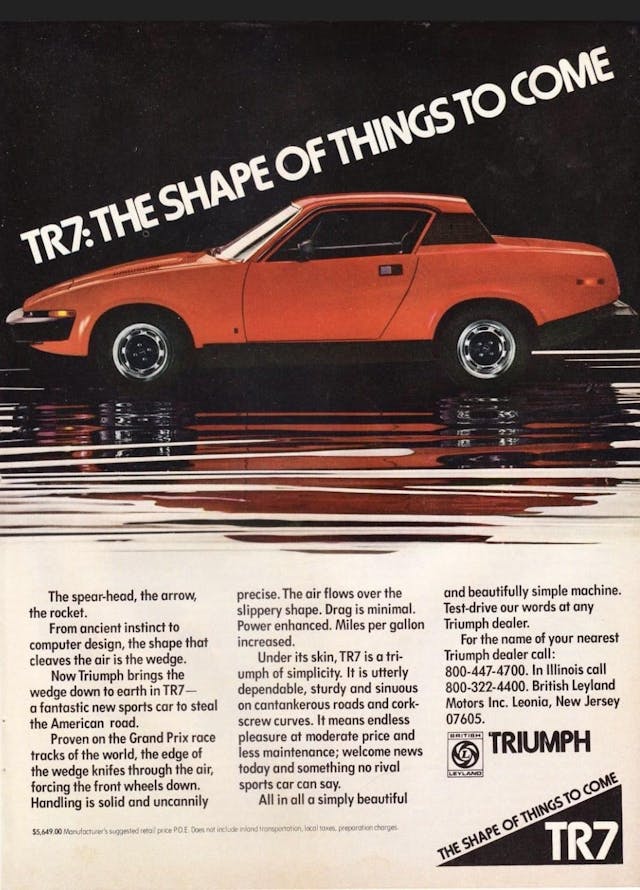
The U.S. inclination towards front-engine, rear-wheel-drive vehicles featuring straightforward engineering was prominent, as exemplified by the Porsche 914 and Fiat X1/9 considered the main competitors to the TR7. As the U.S. was on the verge of banning convertibles, the MGB was left to dominate this segment for as long as convertible vehicles remained legal. Ultimately, the TR7 took over the role previously held by the MGB.
Issues emerged as attention began to divert—due to the impressive sales of the MGB, the TR7 ended up being priced higher than intended. To enhance its upscale appeal, Harris Mann refined the initial design. However, since America was the main target market for the vehicle, it necessitated substantial rubber bumpers. Coupled with an X-shaped front subframe and a frontal crush zone, this made the TR7 one of the sturdier sports cars during a period marked by heightened safety concerns.
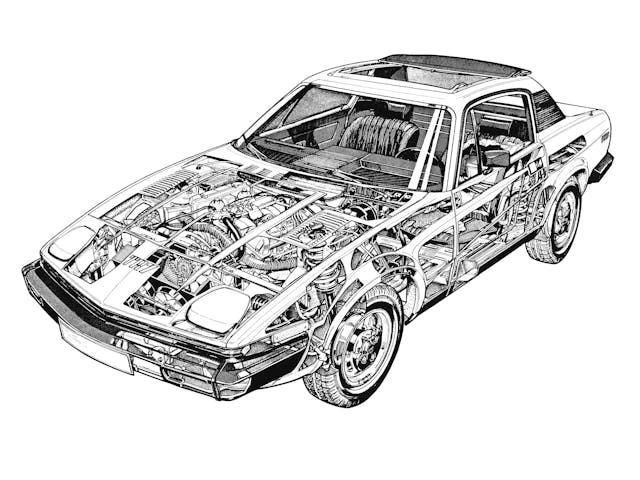
Beneath the surface was an adaptation of the Triumph Dolomite’s four-cylinder engine coupled with the Morris Marina’s four-speed manual transmission, complemented by the choice of using the Rover V-8 derived from models like the P5B, P6B, and Range Rover. Additionally, it featured a solid rear axle setup.
Nonetheless, the urgency to have the vehicle in American dealerships was enormous, so much that they skipped the standard testing procedures—this was necessary as it needed to be present for the media unveiling early in 1975. Additionally, it had to possess good construction quality, comfort, and driving enjoyment—which were all satisfactory during the press tour—save for one aspect: the design.
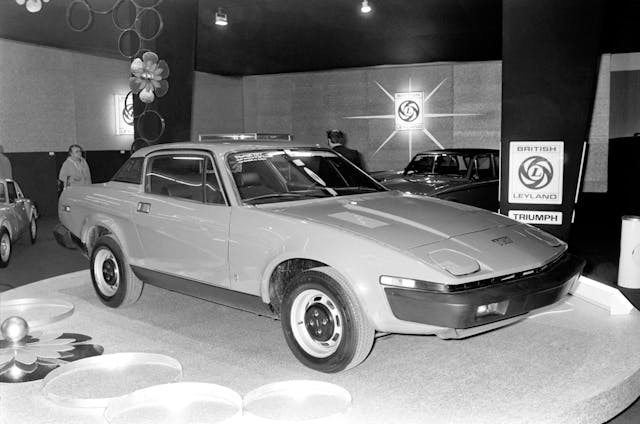
Journalists were not fond of the TR7 when it was introduced. Their idea of what a British sports car should be aligned more with the standards set by the MGB and earlier models from Triumph. While the wedge-shaped design may have been successful for brands like Porsche and Fiat, many critics, including supporters of this style trend, found fault with it. During the 1975 Geneva Motor Show, automotive designer Giorgetto Giugiaro famously remarked, "Oh my God! They've mirrored it on the opposite side too."
Apart from styling issues, another major challenge the TR7 encountered was due to U.S. emission regulations, which limited the power of the four-cylinder engine to just 90 horsepower—and only 76 horsepower for models compliant with California standards. This made the vehicle significantly less sporty compared to its predecessor, despite the latter’s frequently critiqued chassis design. Although a V- eight option was forthcoming for the American market, those initial years did not pan out as hoped.
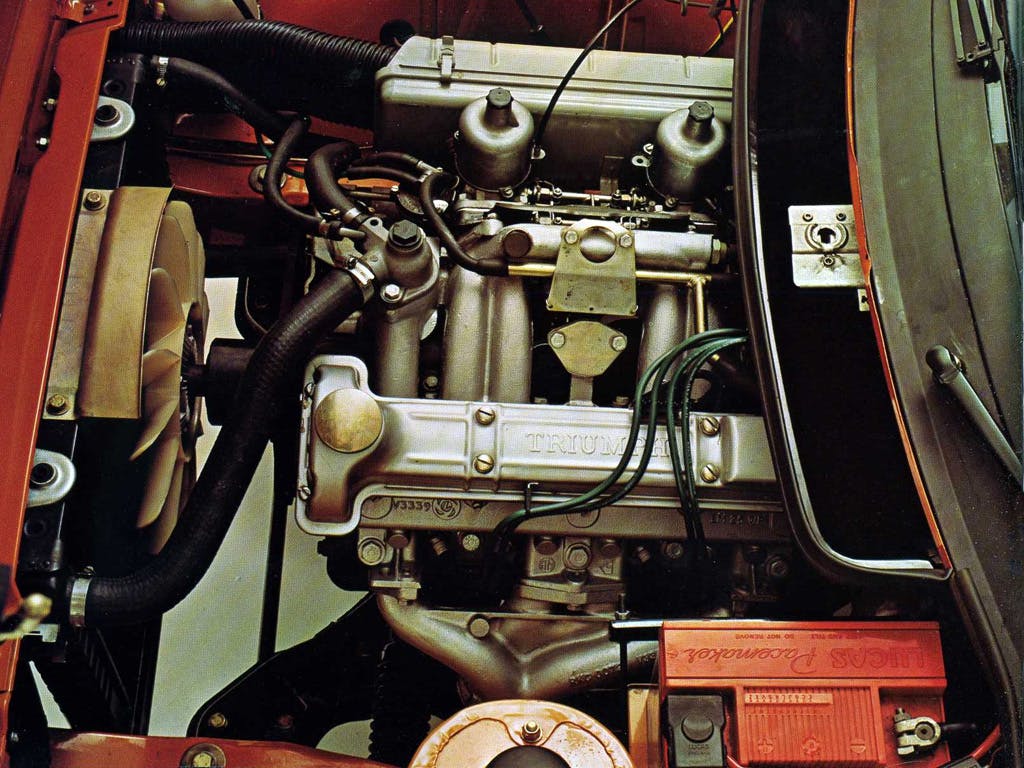
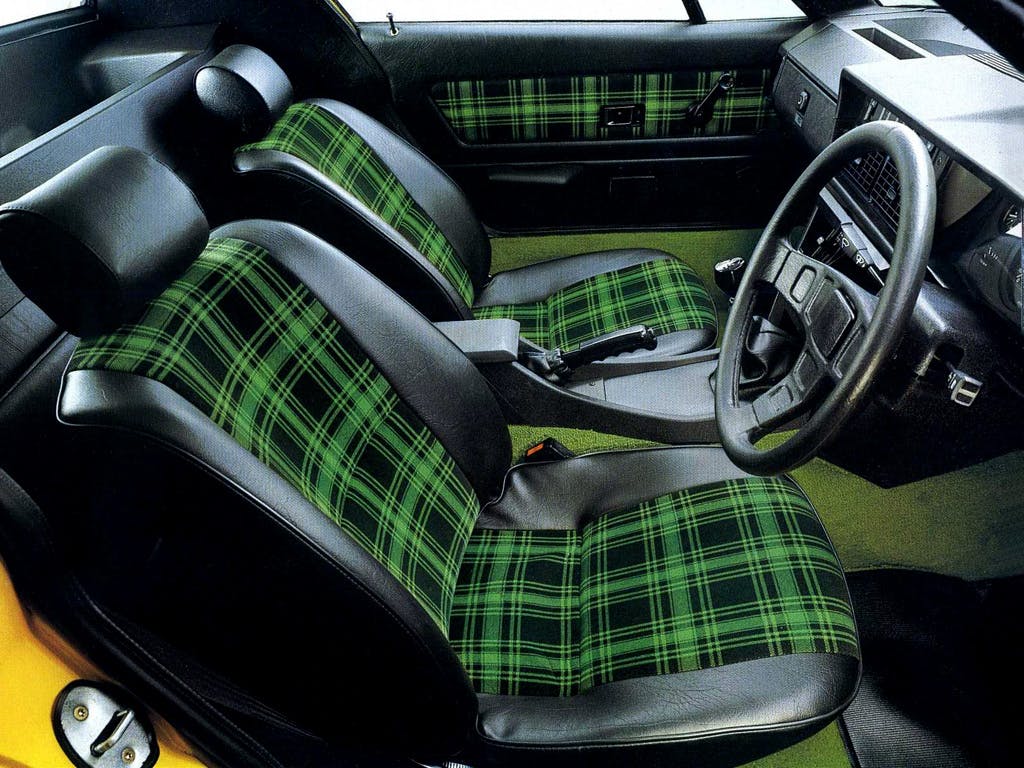
The European debut occurred before the car’s official release in 1976, as the TR7’s four-cylinder engine delivered more horsepower overseas (although this didn't convince everyone). Nevertheless, it was issues of a different nature that eventually tarnished the TR7’s image during that era.
In October 1976, workers at the TR7 plant in Speke, Liverpool staged a strike. This resulted in vehicles manufactured during this period being substandard and undependable. Ultimately, production shifted to Canley, located close to Coventry, in 1978. By then, final adjustments for the TR8 model had nearly concluded along with preparations for potentially releasing a convertible variant. Nevertheless, one significant consequence of closing down operations in Speke was halting the development of the TR7 Sprint project. This initiative aimed to incorporate the advanced 16-valve cylinder design from the Dolomite into the TR7 lineup, thereby boosting performance akin to models powered by the Rover V-8 engine. Approximately fifty units were assembled; however, considering how critics often described the four-cylinder edition as merely "a frame awaiting an appropriate motor," it prompts speculation about alternative outcomes should these plans have come to fruition.
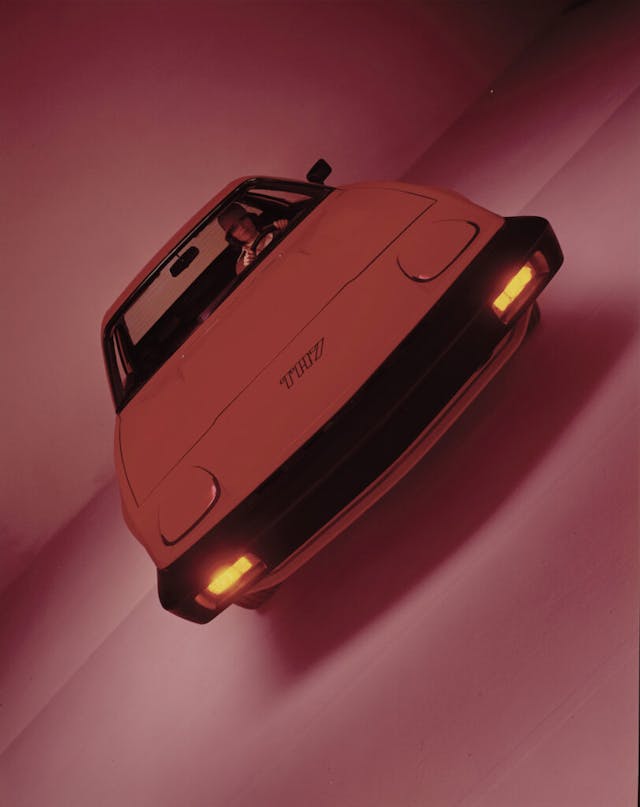
Likewise, the Lynx project — a 2+2 fastback designed to supersede the Stag — would have expanded the lineup with an extended wheelbase, a V-8 engine, and the rear axle from the Rover SD1. However, the Speke closure also eliminated this plan.
The positive aspect – if there was one amidst these challenging times – was that the Canley vehicles were significantly more robustly constructed. Despite the broader British Leyland development funds being directed towards newer hatchback models, efforts were made to enhance this particular car. It received a five-speed gearbox derived from the Rover SD1 model, along with enhancements in paint options and interior fittings. Issues related to reliability, such as those found in the electrical systems, gauges, and coolant mechanisms, were likewise tackled.
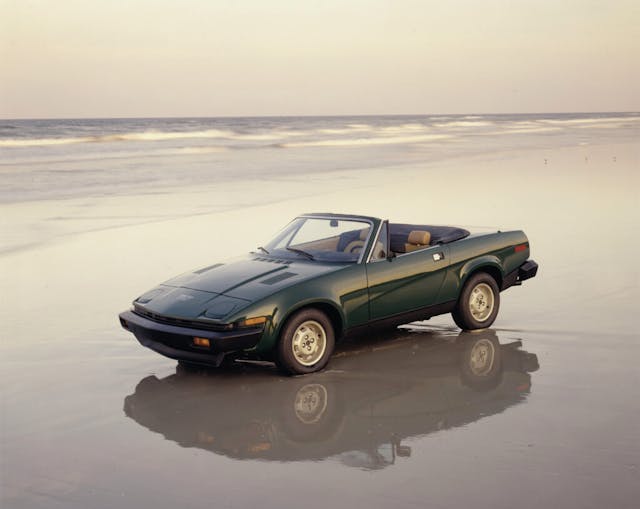
In 1979, the TR7 convertible This addition significantly improved the design criticisms. Additionally, it became considerably sturdier due to an additional compartment behind the back seats, added supports behind the side sections, and a distinctive bumper with weight towards the front to eliminate vibrations. Even though the vehicle turned out to be far tougher, it defied the usual pattern for convertible cars by ending up lighter than the hardtop version.
A year later, the V-8–powered TR8 was launched in the U.K., delivering on the promise laid down by the aesthetics. It’s 133-hp grunt was warmly received by the U.S. press, and UK journalists bemoaned the fact it was unavailable in Blighty, save for a limited run of 35.
It would come as insufficient and belated, since production shifted to Solihull, located southeast of Birmingham, towards the end of 1980, with the final curtain falling a year thereafter.
Why? Despite the popularity of the MGB, which seemed to eat into TR7 sales, discontinuing the whole MG line didn’t significantly improve sluggish sales or stop unsold TR7 vehicles from accumulating. This period was challenging—Britain hadn't yet transitioned out of the socioeconomic challenges left over from the 1970s toward an '80s economic boom. Additionally, geopolitical unrest in the Middle East contributed to a worldwide downturn, reducing profits further as the British pound strengthened relative to the U.S. dollar.
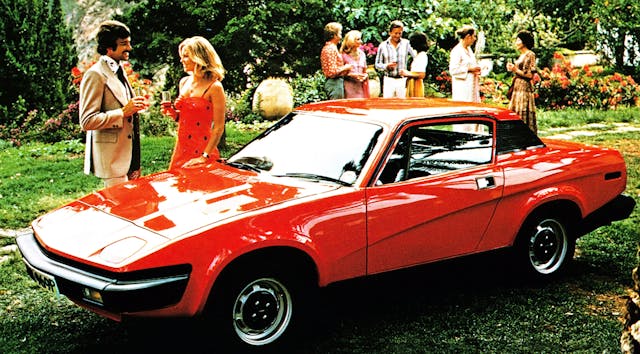
Yet, labeling the TR7 as a failure would be succumbing to recycled judgments. Although this model might not garner the same level of admiration as some other triangular-shaped cars from its time, it has earned itself an ardent group of fans who appreciate its design, comfort, and overall appeal. in TR8 form , the performance. Spare parts and components for customization are easily obtainable as well.
Additionally, the TR7 wasn’t considered a flop; in fact, it was the top-selling model among all the Triumph TR series. Approximately 115,000 TR7/8 units were manufactured—surpassing the combined production numbers of the TR250, TR5, and TR6.
As the TR7 celebrates its 50th anniversary, maybe it should be recognized for being the sports car that had the courage to think outside the box.
The post Victorious at 50: The Overlooked TR7 appeared first on Hagerty Media .
Interested in buying a car? Discover your perfect match on the MSN Autos Marketplace.